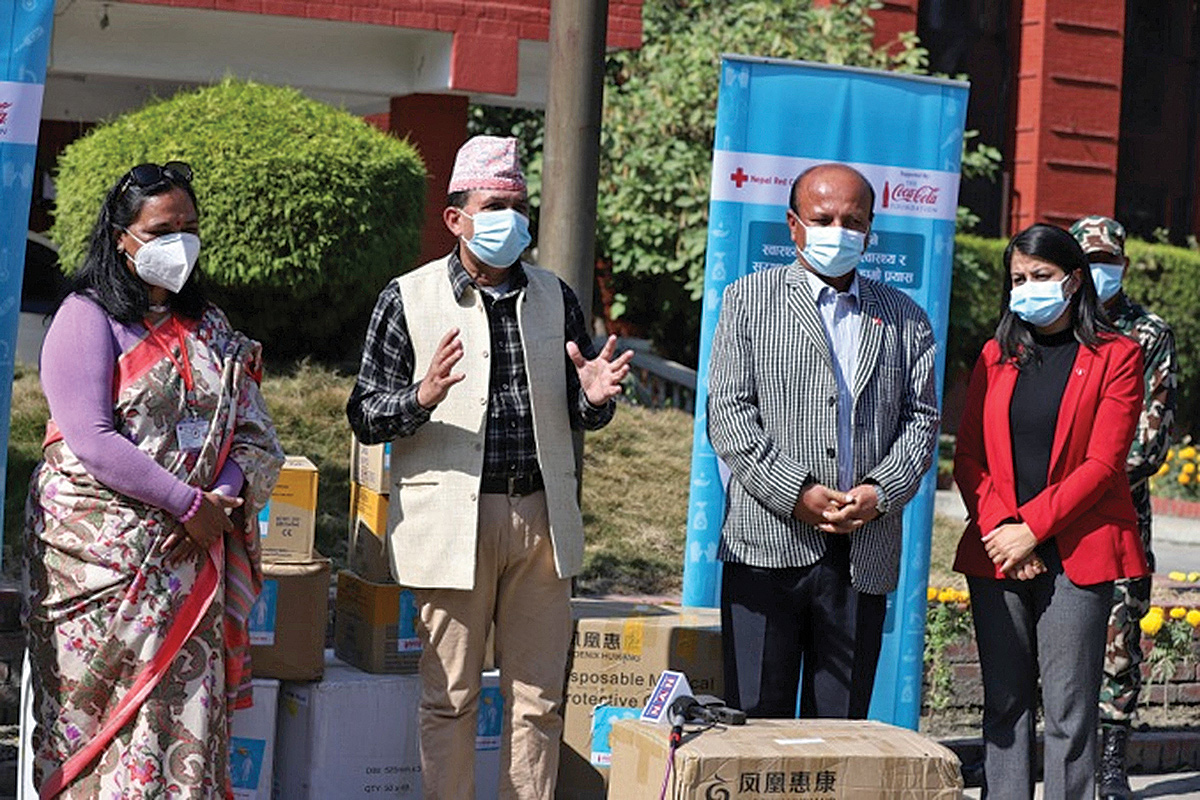
A concrete Covid 19 vaccine distribution plan is finally taking shape in India. Once the vaccine is available in the country, the government plans to immunise 30 million citizens:10 million healthcare workers in private and government-owned hospitals, and 20 million frontline workers that includes police, defence, and municipal workers—in the first round, according to a recent press release from the Ministry of Health and Family Welfare.
So far, three vaccine makers have applied for an emergency use authorisation of their coronavirus vaccines in India. These are Pfizer, Serum Institute of India, which is manufacturing the Oxford-AstraZeneca vaccine, and Bharat Biotech for its Covaxin.
This immunisation programme will no doubt require a robust cold storage mechanism, even if it isn’t the ultra-cold storage units that Pfizer’s Covid 19 vaccine needs. India currently has “85,634 equipment for storage of vaccines at about 28,947 cold chain points across the country,” the Ministry said, which is capable of handling 30 million vaccines over and above India’s current immunisation needs. The current cold-storage infrastructure is however unevenly concentrated in larger cities and towns. Experts also believe this is woefully inadequate. The government needs to ramp up the infrastructure by something like five to 10 times what we have now.
India’s plan is to use its existing infrastructure from the universal immunisation programme (UIP), which covers over 26 million infants and 29 million mothers annually in India. The largest of its kind in the world, it inoculates infants against 12 vaccine-preventable diseases such as polio, measles, and rubella. State governments and union territories have to now submit detailed requests to the central government to ramp up cold storage units regionally. Besides this physical infrastructure, the Covid 19 immunisation drive will also re-deploy the UIP’s human resources.
Published Date: December 16, 2020, 12:00 am
Post Comment
E-Magazine
RELATED B360 National





